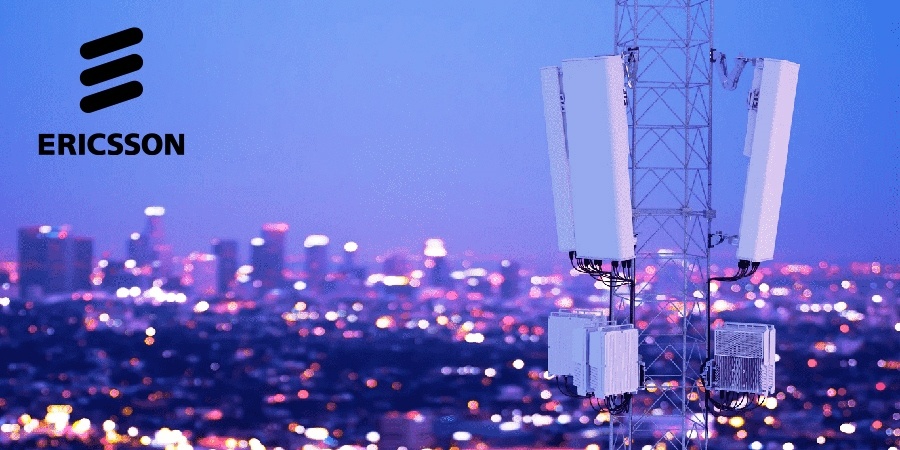Maintaining its leadership role in supporting service providers with their net zero ambitions while meeting demand for 5G capacity and revenue grow, Ericsson has launched enhanced RAN and Transport portfolio that will be showcased at Mobile World Congress (MWC) 2023 Barcelona. Over 10 new Ericsson solutions will cut carbon emissions and site footprint, increase energy performance and boost network capacity.
The full range of new remote radios for 4G and 5G capacity is led by the triple-band Radio 4485 for FDD (frequency-division duplexing), which is 53% lighter and consumes about 22% less energy than comparable products. New dual and single-band radios have also been launched.
Ericsson has also introduced a new range of wideband Massive MIMO radios - spearheaded by the industry-first, ultra-wideband AIR 6476 - which provides 600MHz instantaneous bandwidth that doubles capacity without additional antenna footprint and enhances user experience.
Software is in the spotlight as well with new features such as Interference Sensing, which optimizes mid-band Massive MIMO performance by minimizing inter-cell interference and increasing network capacity by up to 40%.
The updated portfolio includes new mobile transport offerings. The new quad microwave radio MINI-LINK 6321, with 4.8 Gbps capacity, is aimed at making RAN evolution options easier for service providers. The offering has around 50% smaller site footprint and energy consumption than the previous alternative for building a four-carrier MINI-LINK hop.
David Hammarwall, head of product area networks, Ericsson, noted “Capacity expansions, energy savings, and sustainability are central to service providers’ RAN evolution plans. Ericsson’s enhanced portfolio fulfills the key needs of service providers and is leading the industry towards Net Zero while capturing opportunities of data traffic growth. We expect these topics will be the center of attention in our discussions with customers at MWC Barcelona 2023 and beyond.”
Portfolio additions include:
- Intelligent Cell Shaping: Ericsson-unique software with intelligent automation that improves coverage and boosts downlink speed at the cell edge by up to 35 percent
- Booster Carrier Sleep: energy-efficiency software feature that allows carriers to be switched on and off depending on the traffic load
- Energy efficiency features in mobile transport with MINI-LINK Radio Deep Sleep, which lowers radio energy consumption by up to 25% by hibernating radios in multi-carrier solutions when the capacity is not needed
- New cell site router, Router 6676: with high density of 25GE interfaces and is three-times more energy-efficient than the previous generation of routers. It supports Ericsson’s new remote radios and Massive MIMO radios with 25Gbps interfaces
- Underpinning the solutions is an Ericsson hardware and software co-design that allows the network to slash power consumption by up to 94%t during low traffic compared to peak consumption.
- Ericsson is also reducing its own carbon emissions in the production of new radios, using the embodied carbon metric, which gauges the amount of greenhouse gases released before the product is deployed. Radio 4485 has 50% lower embodied carbon emissions than comparable products.










